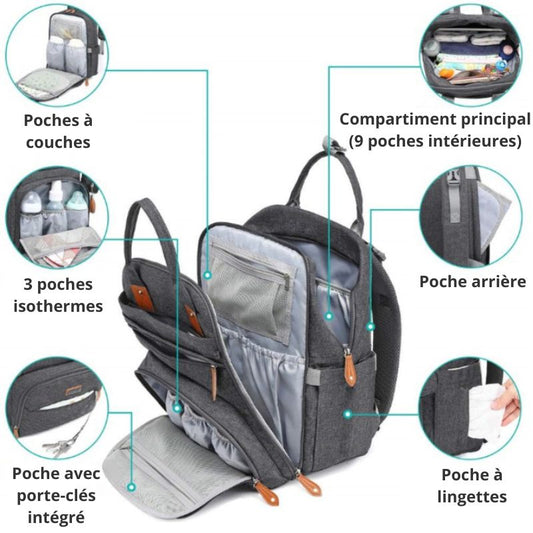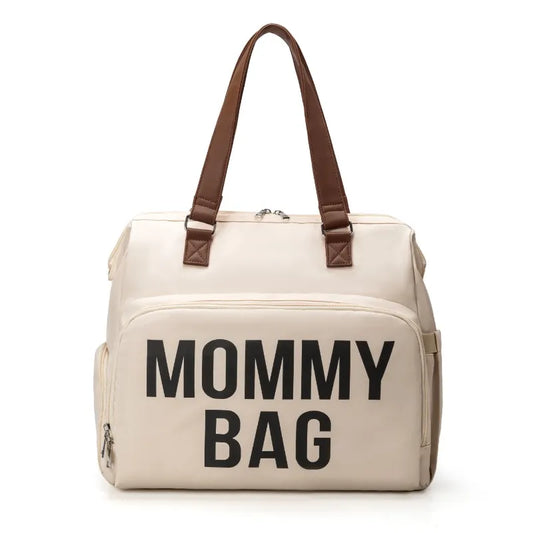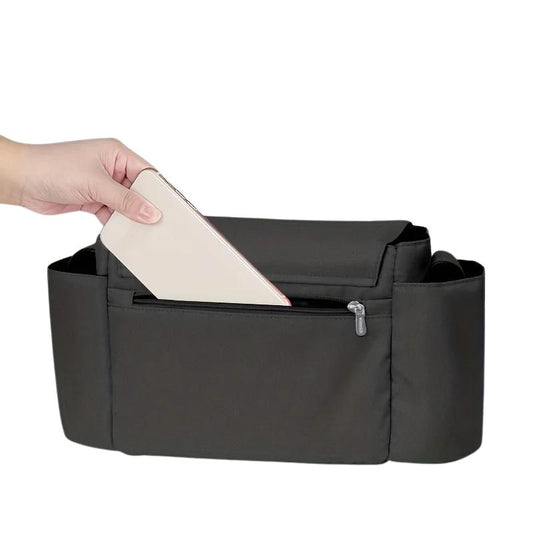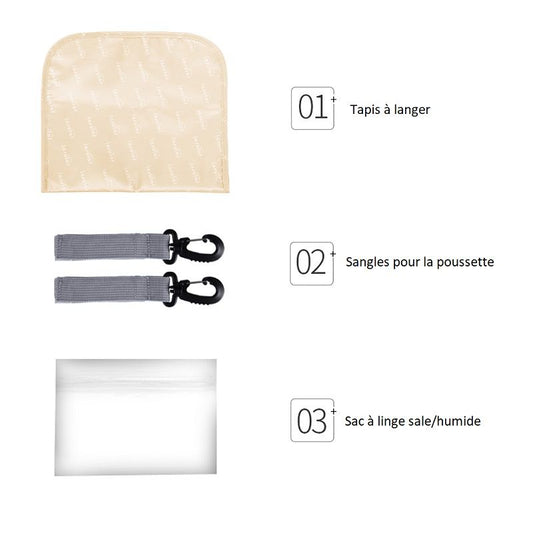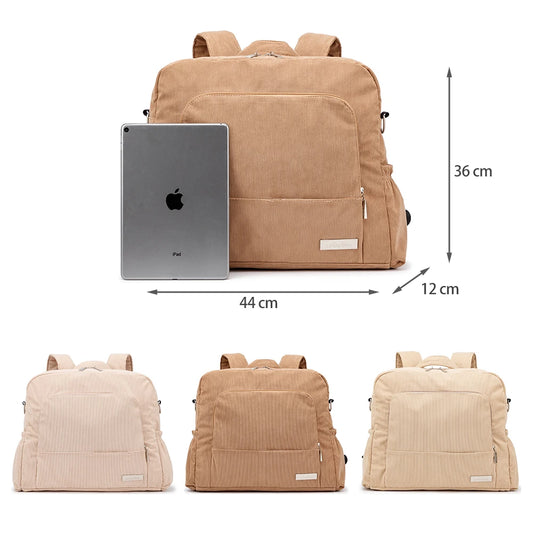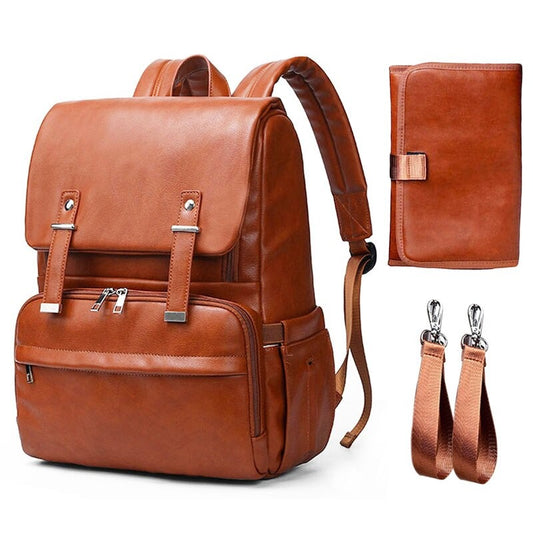A few summers ago, my three long-haired daughters and I came down with a nasty infestation of head lice. For weeks, I scratched my head vigorously, wondering if I might have lice, but my husband and colleagues (all doctors) couldn’t see any eggs. Finally, when the infestation got bad enough, I noticed the eggs myself, stuck to the gray roots of my hair, when I looked in the mirror. Once the diagnosis was confirmed, our family set to work treating the infestation, but we seemed to be fighting a losing battle. Despite sterilizing hairbrushes and applying medications (not to mention expensive prescription drugs), we couldn’t get rid of them. The little critters kept coming back. I was ready to shave everyone’s head, which was starting to seem like the easiest way to banish lice for good. Then a miracle happened. We spoke to a wise, long-haired aunt who once had lice in her home, and she shared a fantastic secret.
“ The answer is olive oil ,” she told us. “It works every time.”
We followed his instructions, and, surprise, no more lice!
What happened, I wondered? Why did olive oil work when everything else failed?
Discover our Baby Nasal Aspirator collection.
The biggest barrier to eradicating head lice is the eggs (nits), which are not affected by most over-the-counter lice medications. They only kill hatched lice, not the nits; the eggs survive treatment with these agents. Ever heard the term "nit combing"? To completely cure a head lice infestation, you would have to remove every single nit from the hair, and there could be thousands of them. Trust me, it is nearly impossible to remove every single nit from a child's head, even with a good lice comb. Other treatments, such as wrapping the head with Cetaphil, may be more effective at killing both the eggs and the hatched lice at the same time (see below).
The variable life cycle of head lice makes eradicating infestations difficult. It takes about six to nine days for nits to hatch and about seven days for them to mature into egg-laying adults. Notice that I used the words "about" and "approximately." Some nits hatch late, at eight days, and others mature early, at six days. This means that if you follow the directions with over-the-counter treatments and repeat a medication application exactly seven days after the first treatment, some nits will not have hatched yet and will survive the second treatment; while some adults will have laid eggs the day before the medication was applied. A week later, these little critters will hatch. Since the life cycle of a louse is not exact, applying a pesticide and repeating it once exactly seven days later will not kill all the lice. The only solution is to keep repeating treatments until the life cycle is completely interrupted. However, it is not healthy to continually spray a child's head with pesticide night after night.
Which brings us back to the wise aunt's solution. Olive oil is a natural, nontoxic remedy that works by plugging the spiracles (air holes) of a louse. When the oil fills the spiracles, the lice suffocate and die. While some lice are now resistant to the chemicals in medications, none can survive olive oil . Although it is a bit messy, olive oil can be safely used once every four days for two to three weeks. By repeating the application frequently over a period of time, the oil catches any lice that hatch late or mature early. In truth, lice can be eliminated with olive oil alone, a much less expensive endeavor than buying medication. Would mayonnaise or other oily substances work as well? Perhaps, but my family has not yet tried these experiments. I hope we never do!
What's the best way to apply olive oil? Empty a used plastic condiment bottle with a long applicator tip (like mustard), and fill it with the cheapest brand of olive oil you can find at the supermarket. Before bed, have your kids lie on the floor with their heads on a thick towel. Rub the oil into their scalp and work it into their hair. When finished, wrap their head in plastic wrap, followed by a shower cap or thin towel. Be sure to wipe excess oil off their forehead to keep it from getting into their eyes (olive oil stings and temporarily blurs vision). Cover their pillows with towels to absorb the excess oil, which will unfortunately stain sheets and clothes. In the morning, wash the oil out of their hair with a strong shampoo or dishwashing detergent. Repeat the process every four days for two to three weeks, and your family will be head lice free, I promise. If you want to start with medication and then follow with olive oil, that’s fine; but interrupting the life cycle with continued applications of olive oil is crucial to preventing a prolonged infestation.
If you like the idea of using a "natural" remedy to treat head lice, but don't like applying olive oil repeatedly, a mild skin cleanser can also be used to smother head lice. In short, the cleanser is applied to the hair and a hair dryer is used to "wrap" the lotion around the scalp at bedtime . Eight hours later, the lotion can be washed off the head. If done correctly, this method has a greater than 90% chance of eradicating head lice.
For more information on natural methods to get rid of head lice, you can check out this article from Ameli .















